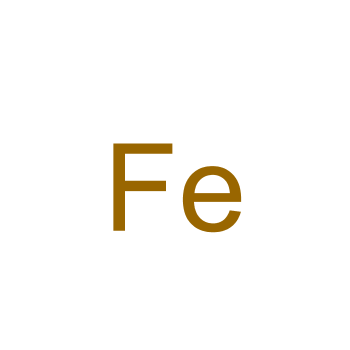Iron hydroxide (Fe(OH)3), also known as ferric hydroxide, is a compound with the chemical formula Fe(OH)3 and CAS registry number 1309-33-7. It is a brownish solid that is insoluble in water. Iron hydroxide is commonly found in nature as the mineral goethite. It is used in various applications, including as a pigment in paints and coatings, as a catalyst in chemical reactions, and as a flocculant in water treatment processes. Iron hydroxide has also been studied for its potential use in environmental remediation and as a drug delivery system. Overall, iron hydroxide is a versatile compound with a wide range of applications in various industries.
View more+
1. Names and Identifiers
2. Use and Manufacturing
3. MSDS
4. Synthesis Route

 EN
EN


